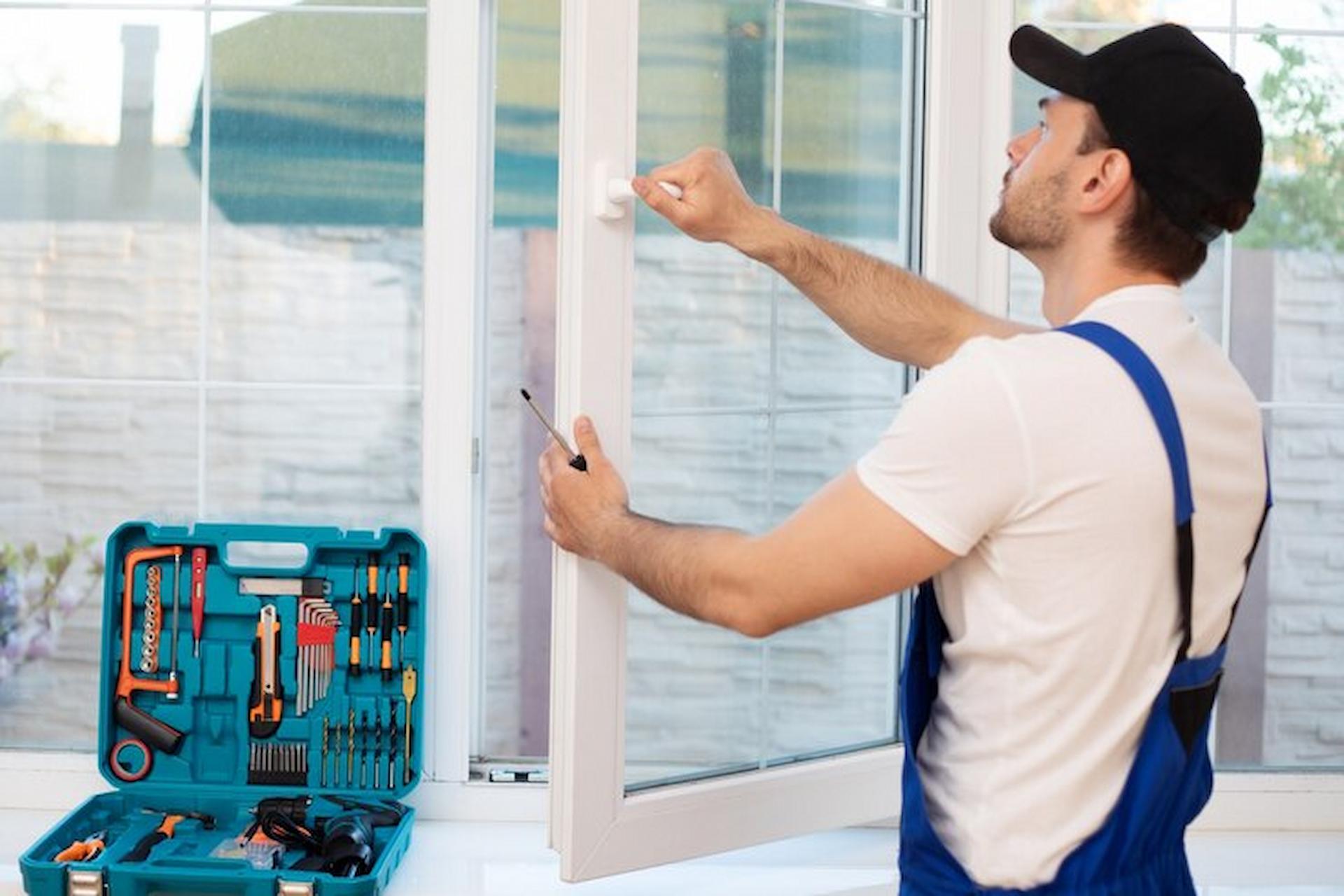Glass is a versatile and beautiful material that adds a touch of elegance to our homes and offices. From windows and doors to furniture and decorations, glass is integral to modern architecture. However, glass can pose various safety risks despite its numerous benefits, leading to emergencies and potential injuries. Understanding the common causes of glass emergencies and adopting preventive measures is crucial for maintaining a safe and secure environment. In this blog post, we will explore the top causes of glass emergencies and provide effective methods to prevent them.
Breakage from Impact
One of the most common causes of glass emergencies is breakage from impact. Accidents, sports-related activities, and falling objects can cause glass to shatter, leading to potential hazards. In order to avert such occurrences, it is crucial to implement proactive measures.
Opt for safety glass: Installing safety glass in high-impact areas like doors, windows, and shower enclosures is imperative. Safety glass is engineered to shatter into small, dull fragments, reducing potential harm.
Add protective film: Applying a protective film to glass surfaces can add an extra layer of protection and prevent shattering upon impact. These films are often optically clear, allowing for unobstructed views.
Keep breakable items away: Avoid placing heavy or breakable objects near glass surfaces. In an accident or impact, these items can collide with the glass and cause it to break.
Extreme Temperature Changes
Sudden temperature changes can cause glass emergencies, such as cracking or shattering. This can happen in settings exposed to severe weather conditions or due to incorrect usage of heating or cooling systems. To protect against such occurrences, contemplate the following prevention methods:
Use tempered glass: Tempered glass is more resistant to thermal stress and is designed to break into small, dull pieces when shattered, reducing the risk of injury. Install tempered glass in locations exposed to rapid temperature fluctuations, such as glass panels near heating systems or exterior windows facing direct sunlight.
Avoid rapid temperature alterations: Avoid subjecting glass to sudden temperature changes. For instance, when it’s cold outside, refrain from raising the interior temperature dramatically. Place blinds or curtains on windows to help regulate temperature and reduce the risk of thermal stress.
Install insulating window coverings: To mitigate the effects of extreme temperatures, consider installing insulating window coverings, such as energy-efficient blinds or curtains. These coverings help regulate the temperature inside your space and reduce stress on the glass.
Improper Installation
Faulty installation poses a significant risk factor for glass emergencies. Improper techniques or subpar materials can weaken glass bonds and compromise structural integrity. To ensure proper installation and avoid potential accidents:
Hire professional installers: When it comes to glass installation, hiring professionals with the necessary expertise and experience is always advisable. Professional installers will ensure the glass is properly secured, minimising the risk of emergencies.
Conduct thorough research: Research reliable providers in your area before selecting an installation service. Check their references, read reviews, and assess their previous work to ensure high-quality craftsmanship.
Ensure proper techniques and materials: Ensure the chosen installation service follows industry guidelines and uses appropriate materials. This includes using the correct adhesives, sealants, and supporting structures to facilitate a secure installation.
Structural Weaknesses
Structural weaknesses in glass can increase the likelihood of emergencies. Stress cracks, manufacturing defects, and wear and tear over time can compromise the integrity of glass structures, leading to unexpected breakage. To address this issue:
Schedule regular inspections: Inspect glass surfaces for signs of weakness, such as visible cracks or chips. If you notice any concerns, seek professional help immediately to assess their severity and recommend appropriate remedial measures.
Maintenance and repair: Regular maintenance, such as cleaning and protective coating application, can help preserve the integrity of glass structures. Additionally, promptly repair any damages or weaknesses identified during inspections to prevent further deterioration.
Seek professional help: If you suspect your glass structures have inherent weaknesses, consult professionals specialising in emergency glass repair. They will provide expert advice, conduct in-depth inspections, and suggest appropriate repairs or replacements.
Natural Disasters
Natural disasters like earthquakes, hurricanes, and storms significantly threaten glass structures. To minimise the risk of glass emergencies during such events:
Use impact-resistant glass: Impact-resistant glass is specifically designed to withstand high winds and debris commonly associated with natural disasters. Consider replacing conventional glass with impact-resistant alternatives, especially in regions prone to severe weather conditions.
Reinforce windows and doors: Enhance the structural strength of windows and doors by reinforcing their frames, adding metal brackets or shutters, or employing impact-resistant window films.
Have an emergency plan: Develop an emergency plan that outlines procedures to follow during natural disasters. Ensure all occupants navigate the space and locate designated safe areas.
Vandalism and Burglary
Deliberate damage caused by vandalism or attempted burglaries can result in both glass emergencies and security breaches. To prevent such incidents:
Install security film: It can help reinforce glass, making breaking or shattering harder. This added security deterrent can discourage vandals or burglars from targeting our property.
Use reinforced glass: Consider using laminated or wired glass, which offers increased resistance against forced entry. These types of glass are harder to break and provide an added layer of protection.
Enhance overall security measures: Implement comprehensive security measures, such as surveillance cameras, motion sensor lights, and alarm systems, to discourage potential vandals or burglars.
Unprotected Glass Surfaces
Uncovered glass surfaces are susceptible to accidental collisions, scratches, and other forms of damage. To protect these vulnerable areas:
Utilise protective coatings: The application of protective coatings can effectively deter scratches, stains, and other potential forms of damage to glass surfaces. These coatings establish a robust barrier, safeguarding the glass against various hazards.
Use safety markers: In environments with large glass surfaces, such as workplaces or public spaces, use safety markers to indicate the glass’s presence. This way, occupants can better detect and avoid potential collisions.
Establish clear visual indicators: Consider adding decals or decorative elements to large glass panels to make them more visible and prevent accidental collisions.
Conclusion
Understanding the causes of glass emergencies and taking preventive measures is paramount to maintaining a safe environment. By following these tips and implementing the recommended preventive methods, you can minimise the risk of glass emergencies and ensure the safety and well-being of yourself and those around you.



